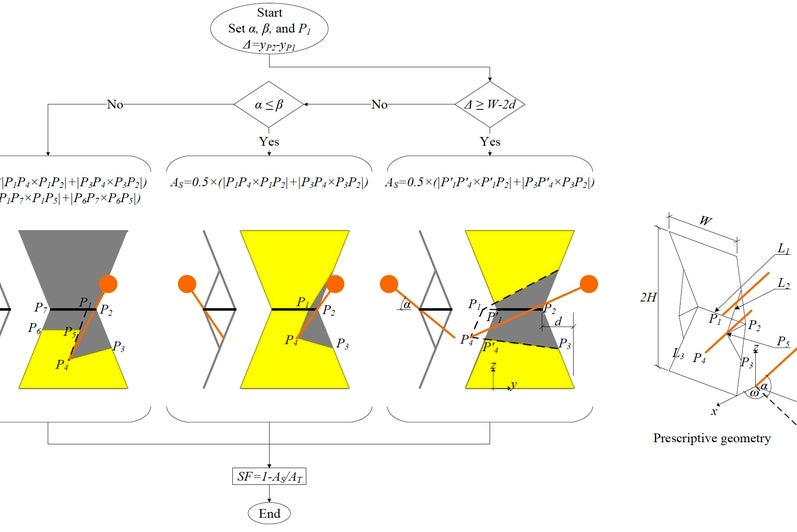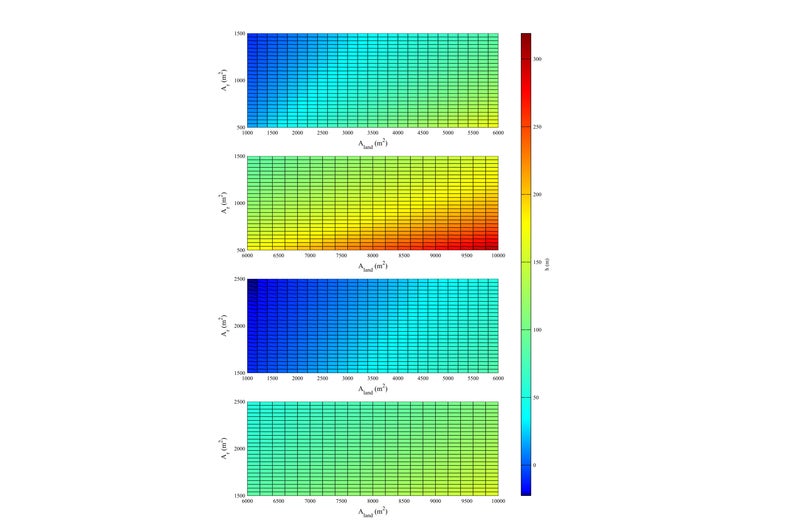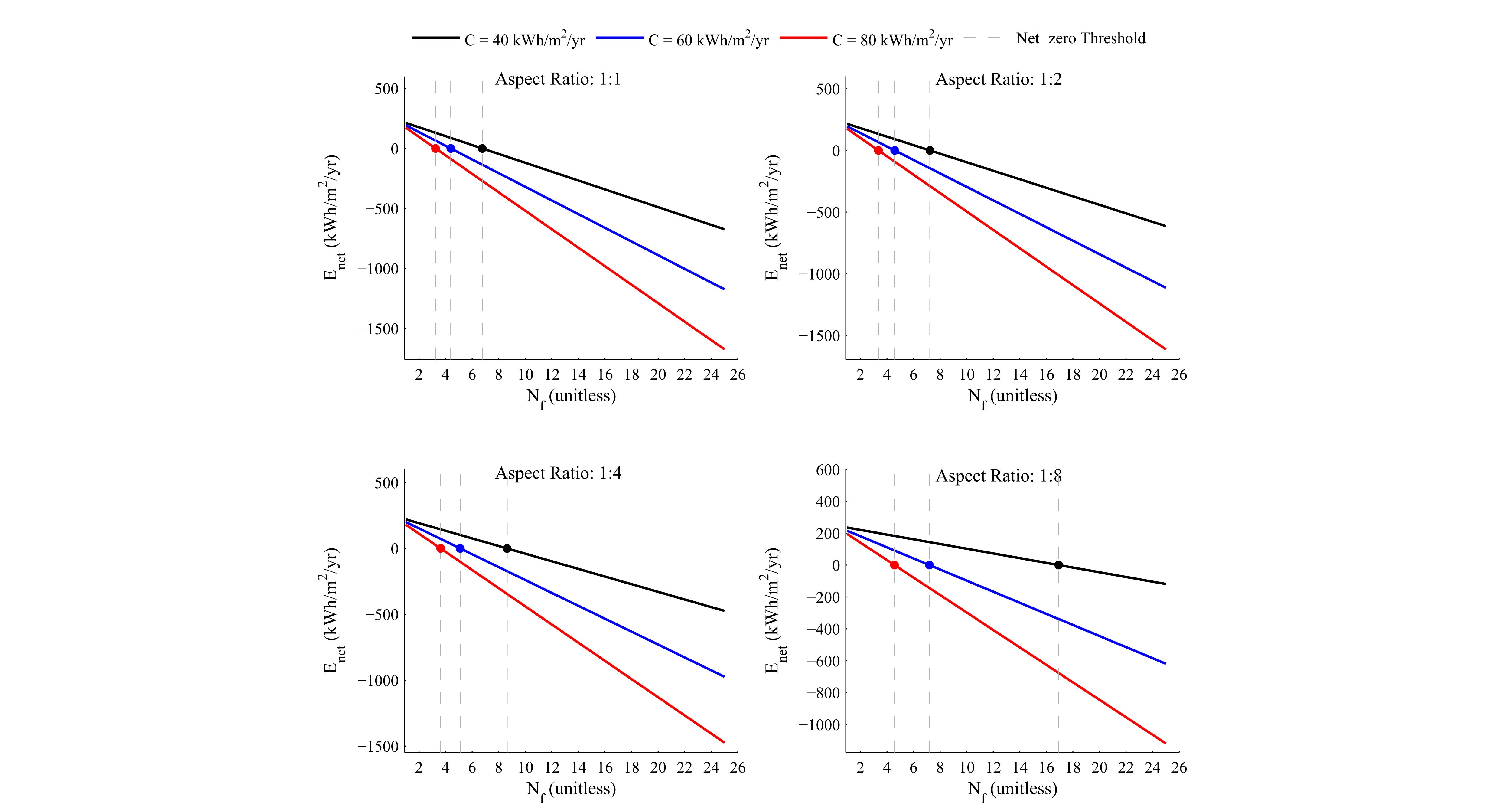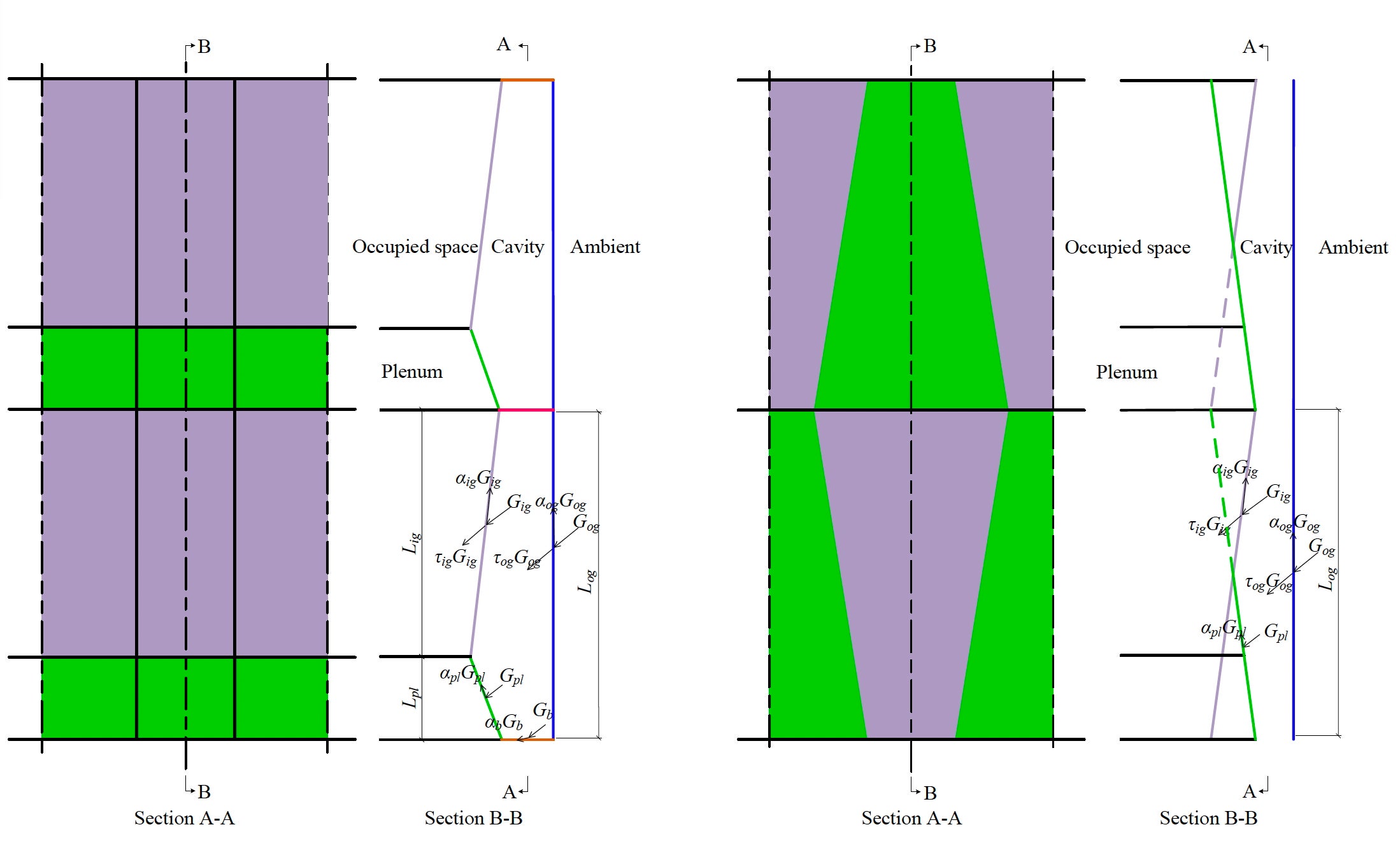To determine the optimal design variables that maximize thermal and bioenergy generation in building façades
Energy & Environment
Natural Sciences and Engineering Research Council of Canada (NSERC)Description
Micro-algae photobioreactors are emerging as a valuable new system that cultures organic feedstock in a nutrient-rich water for biological growth. A façade system can house these photobioreactors to extend the environmental performance of a building by generating energy, absorbing carbon dioxide, releasing oxygen, providing adaptive shading, utilizing a building's wastewater and preserving land resources for alternative harvesting. Microalgae integration in façades decrease buildings’ energy demand, enhance indoor thermal comfort, limit undesired solar irradiation, and generate algal biomass & thermal energy. The aim of this project is to determine the optimal design variables of the cellular and multistory designs through a detailed framework comprising multiple optimization techniques, shading analysis, and hourly thermal simulations. Multiple publications have examined this novel system using: 1) Graphical optimization; 2) Powell’s Conjugate Direction Method; 3) Hooke Jeeves Technique; 4) Particle Swarm Optimization; 5) Simulated Annealing; 6) Genetics Algorithm; and 7) Neural Networks.















